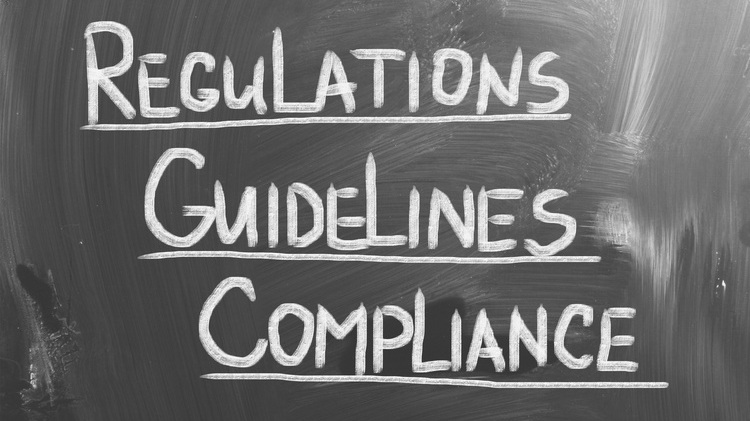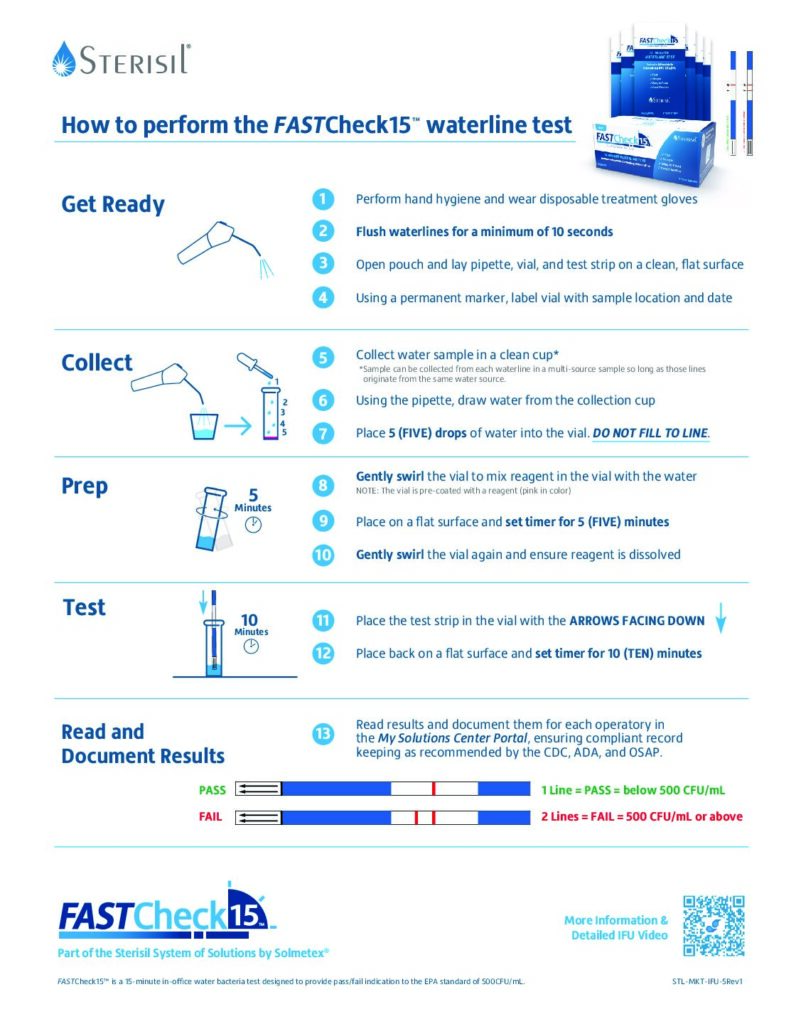Why Following the IFU Matters When Maintaining Dental Unit Waterlines

What to Know Before Buying DryShield: A Quick-Start Guide for Your Practice
July 28, 2025Why Following the IFU Matters When Maintaining Dental Unit Waterlines
Dental unit waterline (DUWL) maintenance isn’t just about keeping water clean; it’s about protecting your patients, staff, and your practice’s reputation. And while there are many best practices and product options available, there’s one critical detail that often gets overlooked: following the manufacturer’s Instructions for Use (IFU).
In a dental environment where waterline contamination can lead to serious health risks and compliance violations, ignoring the IFU is a risk you can’t afford to take.
What Is an IFU, and Why Does It Matter?
An IFU is the manufacturer’s official guide that outlines how to properly install, use, maintain, and store a product. For dental waterline treatment products—whether straws, tablets, shocking agents, or testing kits—the IFU is not just a suggestion. It’s a legally-binding document that aligns with the product’s FDA or EPA registration and ensures the product’s safety, efficacy, and regulatory compliance.
When you deviate from the IFU, you’re not just voiding a warranty; you may be:
- Using the product ineffectively (leading to microbial contamination)
- Damaging your dental equipment
- Violating CDC, EPA, or state dental board guidelines
- Compromising patient safety
IFUs Are Built Around Water Chemistry
Water chemistry varies significantly from practice to practice—municipal water, distilled, reverse osmosis, and even bottled water each behave differently in a DUWL. That’s why many waterline products are designed for specific water types, and the IFU will guide you to the version that fits your setup.
Using a product outside its intended range can lead to over-treatment (risking corrosion or chemical buildup) or under-treatment (leaving biofilm behind). The IFU exists to make sure the chemistry aligns with your water and your compliance requirements.
Shocking & Testing Protocols Depend on the IFU
Shocking too often can wear down equipment; shocking too little can let biofilm thrive. The IFU gives you the correct shocking frequency and process for the specific product you’re using. It may also recommend a particular shock agent—for example, when you use a Sterisil Straw, you don’t need to remove the straw when you shock, but only if you’re also using Citrisil Shock. If you were using any other shock treatment, the straw would need to be removed.
Likewise, testing protocols differ depending on whether you're using enzymatic tablets, silver-ion straws, or continuous-dose liquids. Following the IFU ensures that your test results reflect the actual performance of the product and your compliance efforts.

What Happens When You Don’t Follow the IFU?
Noncompliance with the IFU can have consequences beyond a failed water test:
- EPA and state violations if the product is used outside its registered application
- Damage to handpieces, valves, or bottles from incompatible chemicals
- Loss of product effectiveness, leading to microbial growth or patient risk
- Voided warranties and lack of manufacturer support in the event of an issue
Bottom line: if you're using a product incorrectly, you’re not really treating your waterlines.
Following the IFU = Easier Compliance, Fewer Surprises
When you follow the IFU, you're aligning with what the CDC and EPA expect: treatment protocols that keep bacterial counts below <500 CFU/mL, the recommended limit for safe dental water. You’re also setting up your team for success—eliminating confusion, reducing the risk of missed steps, and creating a repeatable process.
Think of the IFU not as an extra layer of red tape, but as your roadmap to safe, compliant, stress-free waterline management.
Final Thoughts: Trust the Process
Dental professionals are experts in patient care, but when it comes to dental waterline maintenance, the IFU is your best tool for ensuring safety, consistency, and compliance. Following it doesn’t just protect your patients—it protects your peace of mind.







